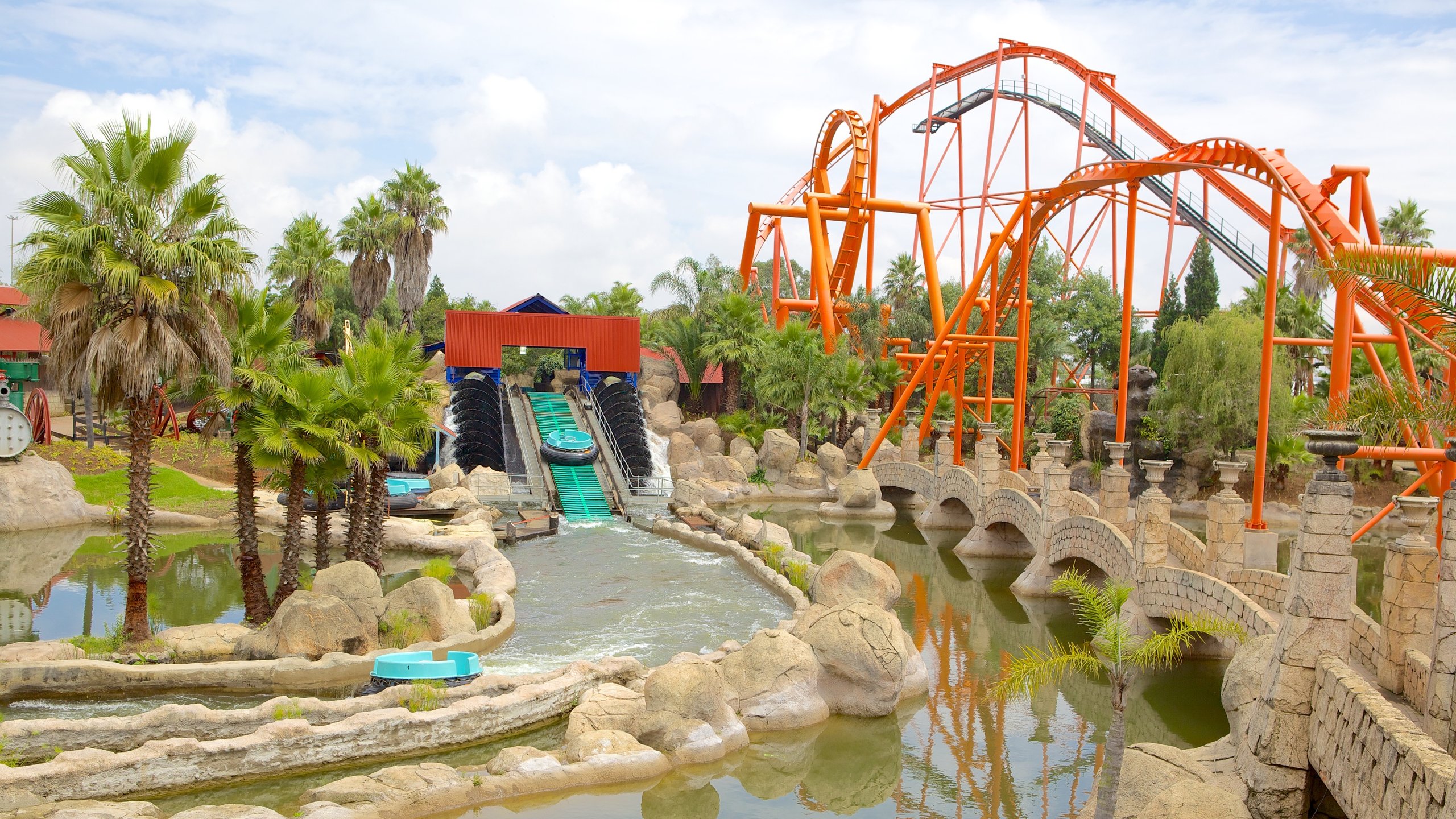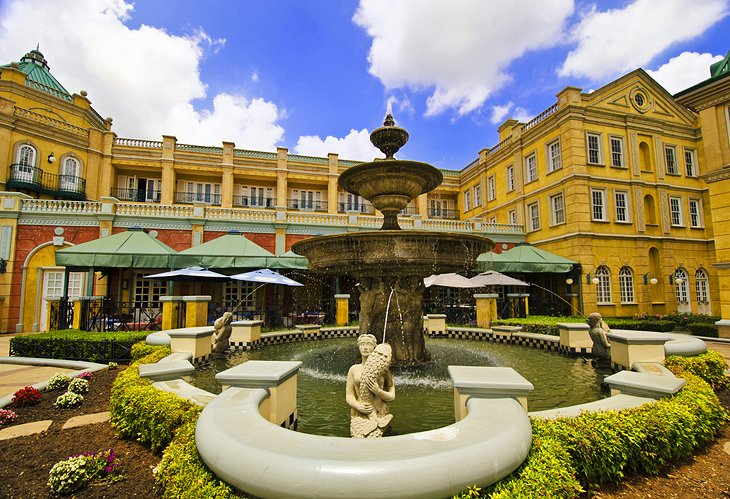Little Known Facts About Johannesburg North Attractions.
Little Known Facts About Johannesburg North Attractions.
Blog Article
Some Known Incorrect Statements About Johannesburg North Attractions
Table of ContentsThe Main Principles Of Johannesburg North Attractions 10 Simple Techniques For Johannesburg North AttractionsIndicators on Johannesburg North Attractions You Should KnowNot known Factual Statements About Johannesburg North Attractions The Basic Principles Of Johannesburg North Attractions A Biased View of Johannesburg North AttractionsThe smart Trick of Johannesburg North Attractions That Nobody is Talking About
You must keep security in mind and vacationers should stay sharp at all times when in unfamiliar environments. Speak with the locals when you are in community to learn about the location you are remaining in. Johannesburg North attractions. When on the street (this does not put on mall and other protected atmospheres) ideal general guidance is to try your finest to appear like a neighborhood and to stay clear of showing any kind of type of wealth
The Ultimate Guide To Johannesburg North Attractions
Professor Revil Mason O. J. (Thomson, 1946) explored the Witwatersrand's pre-colonial background. His archaeological work exploded the 'em pty land' misconception, according to which the area was empty of human habitation prior to the arrival of European inhabitants. In his magazines Prehistory of the Transvaal: A Record of Human Task (1962) and Origins of Black People of Johannesburg and the Southern Western Central Transvaal Advertisement 3501880 (1986 ), Teacher Mason demonstrated the extent of social and economic development in the location prior to Europeans set foot below.

Our Johannesburg North Attractions Diaries
He showed the government's authorization, approved after he had actually testified keep his explorations trick. In 1874, small-scale mining operations were started in the Magaliesberg, where an Australian, Henry Lewis, had discovered gold deposits. In 1878, David Wardrop located gold in quartz capillaries at Zwartkop, north of Krugersdorp. In 1881, Stephanus Minnaar found gold on the farm Kromdraai, near the Cradle of Mankind.
In March 1886, an outcropping (soon to be called the Key Reef) was found, fairly fortunately, on Gerhardus Oosthuizen's farm Langlaagte. Some claim that the Lancastrian coal miner George Pedestrian found this reef. An additional itinerant English miner, George Harrison (who had formerly worked in Australian mines) acquired a prospecting permit in regard of Langlaagte in May 1886.
He made a decision to relocate on in a quest for greener fields, and disposed of his Langlaagte claim for the princely sum of 10. Alas: underneath lay the wealthiest goldfield ever discovered. The exploration of this abundant auriferous reef provoked a gold rush that signalled completion of agrarian serenity in the southern Transvaal.
It would certainly, within six years, become the biggest town in southern Africa. Within a years, it would make the Z. A. R. up until then an anarchical and insolvent little state the richest country in Africa. By the turn of the century, the Z. A. R. was to exceed Russia, Australia and the USA of America to come to be the globe's leading gold producer, producing more than a quarter of the globe's gold.
Johannesburg North Attractions Fundamentals Explained
It was known as Ferreira's Camp, named after Colonel Ignatius Ferreira. He was a Boer adventurer upon whom the British authorities had presented the condition of Companion of one of the most Differentiated Order of St Michael and St George (qualifying him to the post-nominal letters C. M. G.) in gratitude for his function in the war that had deposed the Pedi king Sekhukhune in 1879.
Soon the camp was bursting with outdoors tents and wagons as newcomers got here daily from much and wide. By September 1886, some 400 individuals stayed in Ferreira's Camp, which soon boasted erected iron and timber structures. Two other camps were established: Meyer's Camp on the farm Doornfontein, and Paarl Camp. The latter was nicknamed Afrikander Camp; many individuals from the Cape Colony settled there.

The Greatest Guide To Johannesburg North Attractions
This name gained currency by word of mouth, such that the State Secretary affirmed the name to the Mining Commissioner on 9 October 1886. Stands in the village were auctioned on 8 December 1886. While some image source stands were cost 10, others were torn down for just sixpence.
Two years later on, these erven were to alter hands for as high as 750 each. The tented camps diminished as a dorp of corrugated iron buildings established and increased north of the mines located along the Key Coral Reef Road. Areas such as Jeppe's Town (where working-class immigrants erected their visit this site homes) and Doornfontein (where the upscale brand-new 'Randlords' started to create their opulent homes) were quickly contributed to the ever-expanding map of the community.
Little Known Questions About Johannesburg North Attractions.
Besides the street names, there were no indications of Johannesburg being located in a Dutch-speaking country. Years later, C. W. Kearns O. J. (among the initial kids registered at St John's College in 1898) would certainly remember: 'A strange fact about Johannesburg was that, although it remained in the [Boer Republic], virtually everybody spoke English and also the Federal government servants attended to one read in English, unless they were first attended to in the Taal (or Reduced Dutch)'.
Britain had an interest in ensuring ideal conditions for gold production on the Witwatersrand, and that the gold was exported to London instead than Berlin an important made all the extra clamant by the Z. A. R.'s increasing toenadering with Germany. Mine owners were on a clash with President Kruger, whose policy of monopolistic giving ins (commonly given to his cronies) avoided mining firms from acquiring products of products (specifically dynamite) and work by themselves, less expensive terms
Everything about Johannesburg North Attractions
In 1890, the Volksraad had actually limited the franchise to white males who had lived in the Z. A. R. for fourteen years or longer, hence invalidating the majority of the immigrants (that happened to be the significant contributors to the fiscus). Frustration for the ballot was a simple pretense for advertising a different agenda; a lot of uitlanders concerned themselves as short-lived visitors and had no purpose of remaining in the Z.
Report this page